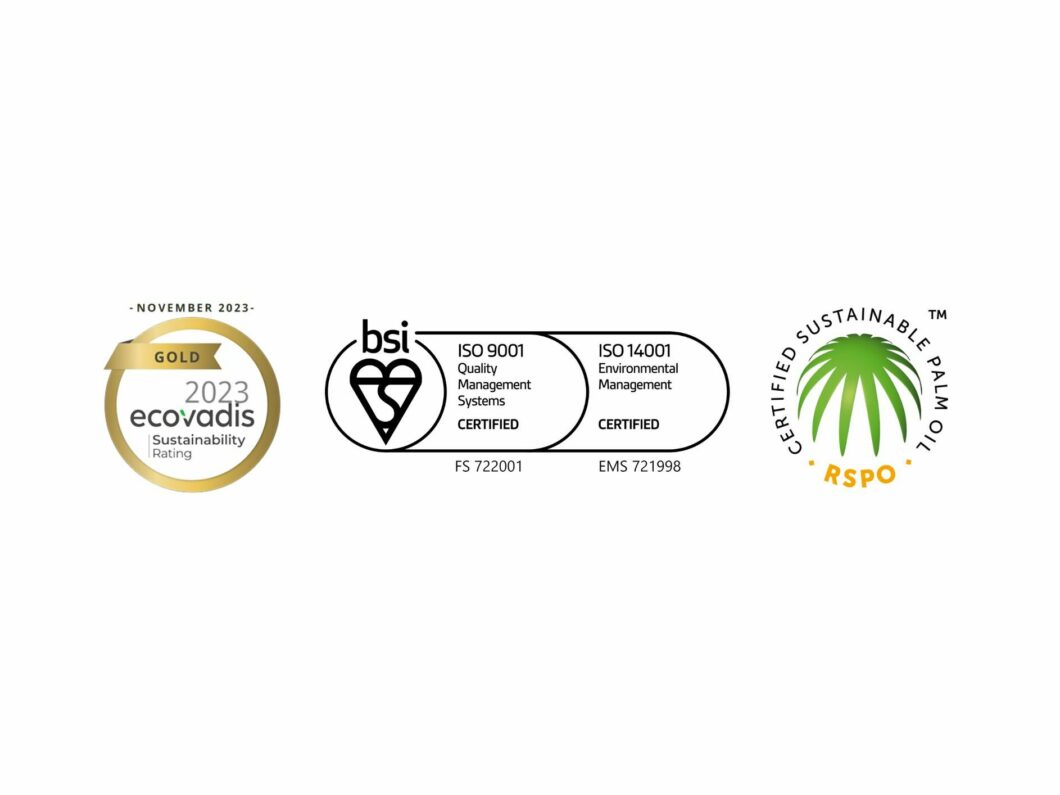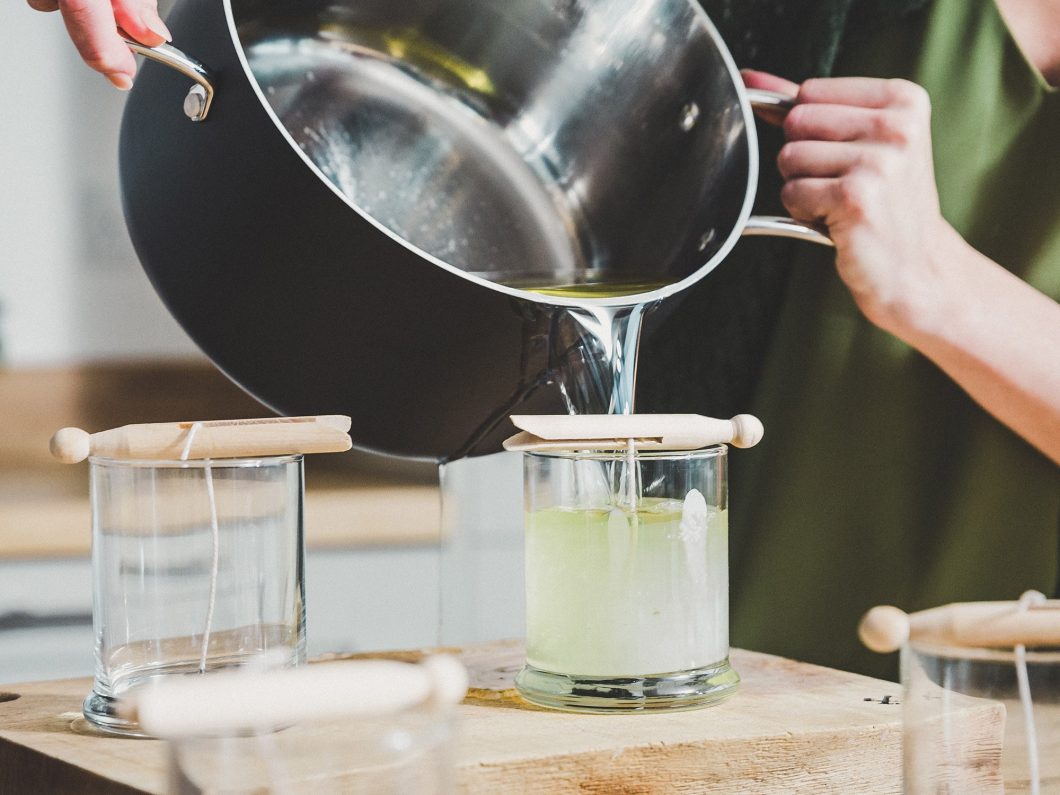What matters to us?
Find out more about what makes us tick, and what matters most to our team.
As you can imagine (as will be the case with most of you reading this) a lot matters to us. Definitely too many things to list here.….which can only be a good thing!
But, if we have to narrow it down, ultimately, what matters to us, are; people, living things, relationships and the connections that we make. It also matters to us that those connections are positive and good for everyone and everything.
When we were looking to set a purpose, or perhaps, a mission statement, relating to our company ‘H Foster 1875’, we realised that to try and find something that encompasses and underpins all these elements, a system which means that all these things we care about are looked after and catered for in a healthy, uplifting manner, could be a large undertaking.

SOMETHING GOOD FOR EVERYONE…..
However, when we came together to discuss it, we literally had a light bulb moment! It became really clear to us what the something, which connects all of the above (people, living things, relationships and positive connections) was..….The environment! Our environment. Your environment. Everyone’s and everything’s environment.
When we started looking and talking about it in more depth, it became clearer and more real and exciting. The word went from being something that people (including ourselves, in the past!) bandied about, a buzz word, to an actual real, living issue that we could have a positive effect on and manage for the benefit of everyone and everything. And so we set ourselves a task; to write an authentic and meaningful environmental policy that would also be an evolving working document!
GETTING DOWN TO IT…!
We started our thinking, and subsequently the writing of our policy, with the premise that;
‘Everybody, and every corporate body, has a duty to protect the environment, which means making decisions and investing time and effort to ensure our activities and operations do not harm the environment.’
We then looked at how it could apply to us;
‘At H Foster 1875 we are totally committed to sustainable business operations, including responsible environmental management and continual improvement of our environmental performance.’
The next step, we felt, was to explain how and where we could show this to be so within our company;
‘This commitment is embedded in our brand values and business strategy. It is made real by reducing our consumption of energy and materials, controlling or eliminating waste, preventing pollution and deploying sustainable solutions to business challenges…’
It then needed to be narrowed down further and very specific points focussed on.
Alongside starting to write the policy, we were also doing our research into what an authentic environmental policy, written to a good standard, should look like and realised we had to have some kind of measuring tool. That’s when the ‘ISO 14001’, came into our lives!

‘ISO 14001’?
We learned that the ‘ISO 14001’ would provide us with a structure that we could use to create our policy, which would also be a monitoring tool with regards to meeting our goals/targets. It maps out a framework that a company or organisation can follow to set up an effective environmental management system providing requirements with guidance and setting out the criteria and standards for an environmental management system. It’s something that can also be certified to, hence a company can measure their effectiveness against it and know that they are going in the right direction.
Designed for any type of organisation, regardless of its activity or sector, it can provide assurance to company management and employees as well as external stakeholders that environmental impact is being measured and improved. It was perfect for us and just what we needed.
Once we had found the ‘ISO 14001’, we then set about looking at the nitty gritty of what our Environmental Policy needed to address and what that detail would look like.
THE DETAILS…
The first thing we decided we needed to look at was identifying those aspects of the business that could have a significant environmental impact. In doing this, we could then monitor and focus our improvement efforts on them. So, we came up with the following 4 areas: product source sustainability; package usage; package waste and mileage.
We decided that we would track these 4 areas and to that end, we have set goals/targets which are in line with the ‘ISO 14001’ standards. Of course, while our policy is still at this stage, in its infancy, it is still a fact finding exercise, with real major changes likely to happen from next year, once we have some data points to work from.
Setting environmental performance goals and targets was key for us, including annual improvement targets that could be monitored regularly.
Examples of some of the goals/targets we set, include:
-To be plastic free by December 2022.
-To continue to source our palm products (stearic acid) from RSPO accredited suppliers. (We are associate Trade Members of the RSPO ourselves and do not trade in Palm Oil at all).
-To get to a point where all our products are from sustainable source.
-To get to a point that our packaging is all recyclable.
-To become as carbon neutral as possible in the transporting of goods.

RESOURCES…
Obviously, interlinked with our goals, is the need to provide our managers and teams with sufficient resources and information to enable our environmental performance goals and targets to be achieved; so this needed to be embedded in our policy. Resources could be anything from time, staff, courses/conferences or money for appropriate infrastructure to enable improvement.
For example, an in depth course on ‘How to Achieve Carbon Neutral Status For Your Company’ or membership to various bodies that will support and nurture the company’s sustainability through information and networking, (as in our associate Trade Membership of the RSPO) maybe? Or even developing policies such as working from home, car sharing or bike to work schemes.
The aim is to provide realistic, whilst at the same time, aspirational, goals with regards to the resources we’re able to allocate.
THE LEGAL BITS....
In addition to making environmental goals to satisfy our company, our conscience and the planet, we also recognised that there would be environmental performance legal requirements.
In order to meet these requirements we decided we needed a way of flagging up potential problems and a system that would alert us if we were in danger of not meeting them.
This is when we initiated and set up our legal compliance register.
It tracks all our legal requirements in terms of the ‘ISO14001’ (in fact in terms of the whole business) and we audit that on a quarterly basis to make sure we are complying with any legislation that applies. This means that we are not only striving to reach aspirational environmental goals and constantly assessing, reassessing and evolving them, but that we are also meeting our requirements in terms of environmental legislation.

AUDITING AND ALL THAT STUFF!...
So then because we were tracking our legal requirements, it made us take a look at auditing the non-legal stuff to make our aspirational targets even more effective and water tight.
Therefore, we looked at our current processes and decided to endeavour to find a more environmentally friendly way of doing things. For example, we used to ship our shop orders using packaging pellets to protect the goods, now we use popcorn as a filler and we put a note in the box asking people to throw it out on the lawn for the birds. We also started using a waste company with an electric truck so that the air pollution we produce is almost non-existent.
WHERE ARE WE NOW?...
As can be seen from all of the above, we have done a lot to make sure our individual and company environmental impact is lessened and eventually, ideally, eliminated, but we also still have a way to go, to achieve this situation.
When considering environmental aspects and impacts as factors in business and operational decisions, we have to also balance these with health, safety and quality considerations. There is a process of working through this and making sure that there are no, or minimal, compromises on any areas. This is so worth the work, but takes time.
For example, we want to choose the best 100% renewable energy supplier, but in terms of quality we may have to try a few. Or we may have to try different types of recycled packaging before we get to the right one in terms of our environmental, health, safety and quality objectives!
